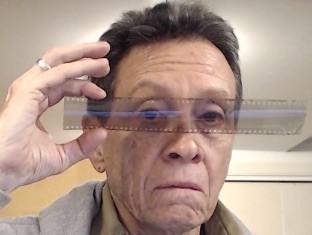
[Charles Herrick’s recently concluded series of Guests Posts provides a convincing narrative of Robert Capa’s short but eventful trip from the June 6 invasion’s front line on the Easy Red sector of Omaha Beach back to the USS Samuel Chase. That ship had carried Capa to Normandy, and he would return to England on it with his films and equipment in order to meet the deadline for the LIFE magazine assignment that had brought him to the French coast on D-Day.
Herrick’s account corrects multiple errors and outright falsehoods in both versions of Capa’s own fabulation and subsequent derivative variants by others, concentrating on the military aspects and the logistical issues thereof. What can we glean therefrom regarding Capa’s films, his cameras, and his management of his LIFE assignment? Because Capa’s film and cameras appear in Capa’s narratives, and the several corroborating accounts by LCI(L)-94 crewmen, they necessarily appear in Herrick’s analysis. But they are not central to any of those narratives. So here is an overview re matters photographic and photojournalistic as they appear therein.
Much of this we have established in previous posts, to which I have linked for anyone who wants more specifics and sources. Part 1 of this post appears below; click here for Part 2. — A.D.C.]
•
From Omaha Beach to the USS Samuel Chase:
Robert Capa on LCI(L)-94
As we have already determined, on D-Day, June 6, 1944, Robert Capa faced an absolute deadline: Unless his films reached assistant picture editor John Morris at LIFE‘s London office by the evening of June 7, D-Day+1, they would arrive too late for shipment to LIFE‘s New York headquarters the next morning. This was mandatory for their inclusion in the magazine’s D-Day issue, datelined June 19 but heading toward production that weekend in order to hit the newsstands nationwide and go out in the mail to subscribers on the morning of Monday, June 12 — just six days after the landing.
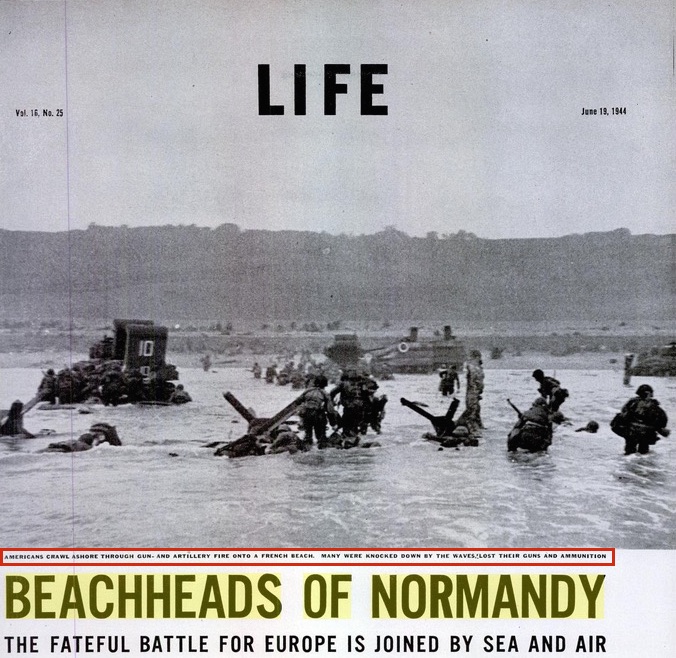
“Beachheads of Normandy,” LIFE magazine feature on D-Day with Robert Capa photos, June 19, 1944, p. 25 (detail)
If Capa missed the deadline, then, his trip to the front and the risks involved would have been for naught; he would have failed to fulfill this crucial assignment, a major professional embarrassment for “the greatest war-photographer in the world.” Also, not insignificantly, he most likely would not get paid his substantial freelance fee for it.
Capa also knew, as did Morris and everyone in the London office, that his films and caption notes would have to go through the efficient but still time-consuming censorship process of the Ministry of Information (MoI), a division of Supreme Headquarters Allied Expeditionary Forces (SHAEF), before release to LIFE and Morris of whatever the MoI deemed acceptable for publication. The resulting delay made it imperative that he, Capa, arrive back in England as early as possible on the morning of June 7, if not the night before.
•
Capa certainly boarded the USS Samuel Chase on June 3, if not a day or two earlier. (I’ll discuss this further at the end of Part 2.) Somewhere along the way after responding to the call-up — at the press corps rendezvous on shore, after boarding but while still in harbor, or else while crossing the English Channel — Capa would have received a briefing that informed him he would go in to Omaha Beach with Col. George Taylor’s command team in the 13th wave, due to arrive on Easy Red at approximately 8:15. Furthermore, according to Herrick,
“As [Capa] would have ascertained on the crossing, his ride back to England, the USS Samuel Chase, had orders that called for it to start hoisting its landing craft back aboard at 1030 hours and reposition farther out to sea in preparation for joining a returning convoy.”
SHAEF, led by General Dwight Eisenhower, had initially scheduled the D-Day landing for the morning of June 5. Capa would have had that information as soon as he boarded and got briefed. That gave him some wiggle room in relation to his LIFE deadline — possibly enough so that he considered staying longer on the beach after landing, and then taking a later ship back to the English coast on June 5th.
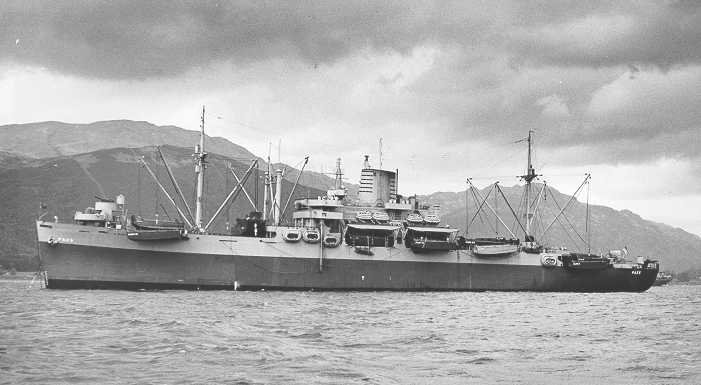
U.S.S. Samuel Chase at anchor, date and location unknown, courtesy U.S. Coast Guard Historian’s Office
However, unfavorable weather predictions for June 5 pushed the invasion date forward a day, to June 6. Capa’s wiggle room vanished. As in warfare, so in journalism: logistics played an intractable role in his decision-making. He would have precious little time to spend on the beach. Even if all went well and he landed on schedule, the trip back to the Chase — against the tide — would take at least an hour and a half. Getting aboard would take more time. The Chase certainly wouldn’t wait even a minute for him. He didn’t want to get to the staging area only to watch his ride steam off into the distance. So he would have to make a quick turnaround on the beach. Conceivably, he may even have decided at that point to stay on the Higgins boat that brought him to the Easy Red sector.
All of which meant that Capa would not in any meaningful way get to “cover” the battle on the beach. Instead, he would only have the opportunity to make, at best, a few “boots on the ground” images of the landing. These would have to suffice for his assignment — augmented with “before” and “after” images.
(In the event, various factors resulted in the Chase staying put in the staging area until 1815 hours on the evening of June 6 before weighing anchor and setting off for the English coast. See Herrick’s earlier report on Capa’s voyage back to Weymouth.)
•
Capa would have brought little along in the way of luggage when he reported to Allied press headquarters for pre-invasion briefing and boarding assignment. His cameras and a supply of film, of course. Possibly a sweater, a toiletry kit and a change or two of shirt, socks, and underwear — though he could have gotten any such from the quartermaster’s supply. Probably a bottle or two of cognac, and some cigarettes. He’d have no need for anything else during the short period of his assignment.
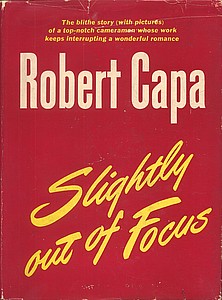
Robert Capa, “Slightly Out of Focus” (1947), cover.
In Slightly Out of Focus, Capa wrote that after boarding the USS Samuel Chase he, along with the other troops, got decked out in full invasion gear: shovel, mess kit, inflatable lifebelt, etc. Even if true, he needed little if any of it for what he knew would be a very short stay on the beach, so he would have left all of that on his bunk before departing for Easy Red. He took with him only the clothes on his back (his combat uniform), his canteen hooked to his belt, and his cameras and film in a sturdy leather shoulderbag.
Capa’s story of buying and wearing a brand-new Burberry raincoat for this assignment and discarding it when he stepped down into the surf strikes me as highly unlikely, just an element of his fictioneering. Yet he might in fact have brought along a trench coat, to ward off the evening chill on the ship. And he might have worn it on the morning of June 6 for the ride in to Omaha Beach, knowing that it would become immediately burdensome as soon as he reached the beach and therefore planning to discard it. (No one wore raincoats into combat situations that involved wading through surf.)
I say this because I have come to believe that Capa’s actions on D-Day all resulted from considered planning and calculated risks. He knew that he would have only a short time on the beach. He knew that he had to get back quickly to some ship in the convoy — preferably the Chase, but if not that then another — scheduled to depart at noon for the English coast. That sequence represented his only hope of getting his films to LIFE on time.
So I also believe that he took with him to Easy Red all the film he’d exposed from the time he boarded the Chase until the moment he stepped into Col. Taylor’s LCVP — the images he’d made while docked at Weymouth and then during the trip across the Channel — plus his skimpy caption notes. He had no assurance he’d get back to the Chase. If he didn’t, that reportage — useful to his editors in the U.S. for fleshing out his story — would become useless, perhaps even irretrievable.
It didn’t weigh much, or take up much space: some rolls of 35mm film, some 120mm rolls, and one ten-pack of 4×5 film. Sealed in an oilskin pouch at the bottom of the sturdy, capacious leather shoulder bag he carried, or stuffed into one of the pockets of his jacket. (See Fig. 14.)
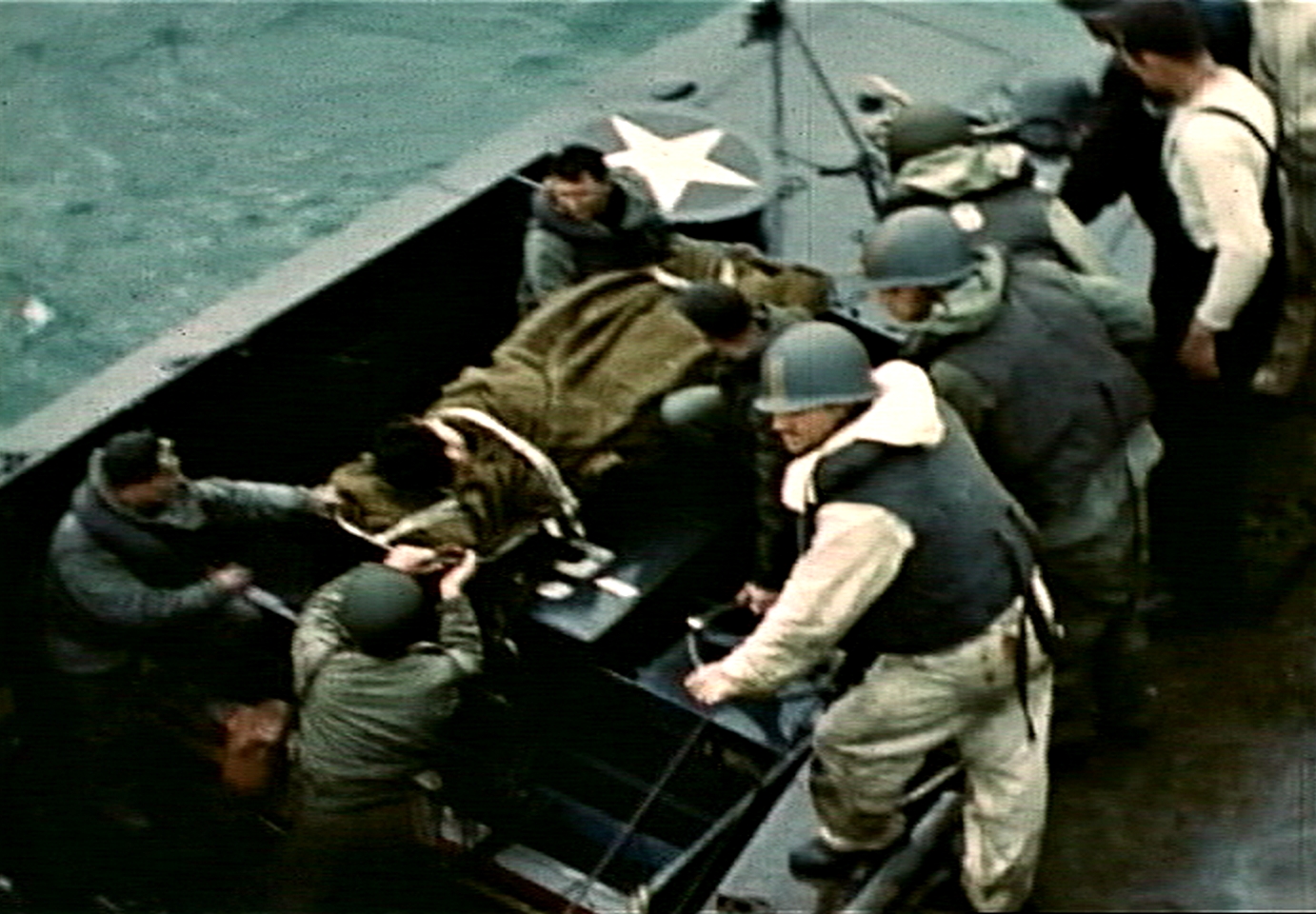
Fig. 14: Robert Capa, bottom left, aboard LCVP from USS Samuel Chase, assisting with transfer of casualty, D-Day, frame from film by David T. Ruley. Note camera bag over his left shoulder.
•
Capa famously practiced — and advocated to his colleagues — a policy of never carrying equipment or other supplies that you weren’t going to use. Traveling light enabled him to move fast and take advantage of available cover. As a rule, he carried only his three cameras — two Contax II 35mm cameras and a 2-1/4 Rolleiflex. Both Contaxes were pre-loaded with 36-exposure rolls of Super-XX film, the fastest film then on the market; the Rolleiflex was loaded with a roll of 12-exposure Plus-X, the fastest 120mm film available.
He also carried a small amount of additional film for both cameras — surely no more than a dozen rolls of each format, considering the short amount of time he expected to spend on the entire trip to the beach and back. Probably he had these cameras and films also protected in waterproof oilskin pouches in his bag, and/or in the pockets of his jacket.
Due to their relative lightness of weight, rapidity of operation, and unobtrusiveness, along with the comparatively high speed of available film for that format, Capa used his Contaxes for situations involving low light and/or fast movement — that is, in all combat contexts. In the low light and heaving motion of the Higgins boat taking him from the Chase to the beach on the morning of June 6, he would only have used the Contaxes.
While it is possible that he exposed one full roll in his first Contax and part of a second roll in his backup Contax on that crossing, this seems unlikely. More probably, once the light got to a viable brightness he took his favorite Contax out of its pouch and made a series of exposures of the interior of the LCVP and the other ships in the armada accompanying them. (He would have been positioned at the rear of the craft, so that his presence wouldn’t impede the troops as they disembarked.) My speculation is that, to protect Operation Fortitude South, the MoI censored those first 28 frames in their entirety, leaving only his Easy Red exposures from that roll.
Since those ten exposures begin with the last troops disembarking from the LCVP, and end with “The Face in the Surf” and its hint of the proximity of LCI(L)-94, plus one final frame, we can assume reasonably that Capa exposed only one roll of 35mm film in one Contax between leaving the Chase and boarding LCI(L)-94. As Herrick points out, given the distance involved he could have made all those exposures within 5-6 minutes. Evidently he saw LCI(L)-94 pull in right after making “The Face in the Surf,” his penultimate exposure, and decided on the spot to board it and get off the beach.
•
How does Capa’s self-confessed panic attack figure in all this? I have become increasingly skeptical of this anecdote. From the evidence, Capa was way too busy, in too short a time, to undergo a panic attack. I incline to lump this in with other self-deprecatory “anti-hero” passages in Slightly Out of Focus, like the one about shitting his pants after parachuting from a plane.
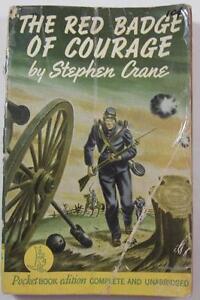 If the dramatic, firing-line component of the D-Day chapter of Slightly Out of Focus has a literary precursor, it would be Stephen Crane’s novel about a young Union Army private in the Civil War, The Red Badge of Courage. First published in 1895, it became an instant classic. Pocket Books, a division of Simon & Schuster, in early 1939 began producing the first mass-market, pocket-sized paperback books in the United States. They published the first paperback edition of Crane’s novel in spring 1942, making it both inexpensive and widely available, not to mention portable.
If the dramatic, firing-line component of the D-Day chapter of Slightly Out of Focus has a literary precursor, it would be Stephen Crane’s novel about a young Union Army private in the Civil War, The Red Badge of Courage. First published in 1895, it became an instant classic. Pocket Books, a division of Simon & Schuster, in early 1939 began producing the first mass-market, pocket-sized paperback books in the United States. They published the first paperback edition of Crane’s novel in spring 1942, making it both inexpensive and widely available, not to mention portable.
That Capa could and would have read this gripping account of an anti-heroic young man caught up in war seems, at the very least, easily possible. If so, then, as literary devices, the supposed panic attack functioned as Capa’s mark of shame, with the making of the D-Day films — including the purportedly “lost” ones — as his redemptive hoisting of the regimental flag.
•
According to Herrick’s analysis, and now my own, Capa most probably made his ten Easy Red exposures within 5-6 minutes — 15 minutes at the most — and then immediately headed to LCI(L)-94. That’s a fairly short time in which to move under fire from the Higgins boat to tank dozer 10 while making ten exposures and then opt to head to an LCI about to leave the beach — not incidentally, a completely rational decision resulting from a sensible analysis of intractable logistical imperatives. A decision most likely made well beforehand: spend a few minutes on the beach making whatever “boots on the ground” front-line images you can grab, then catch the first thing smoking to get back to the mother ship before it leaves for its return trip, so you can meet your deadline.
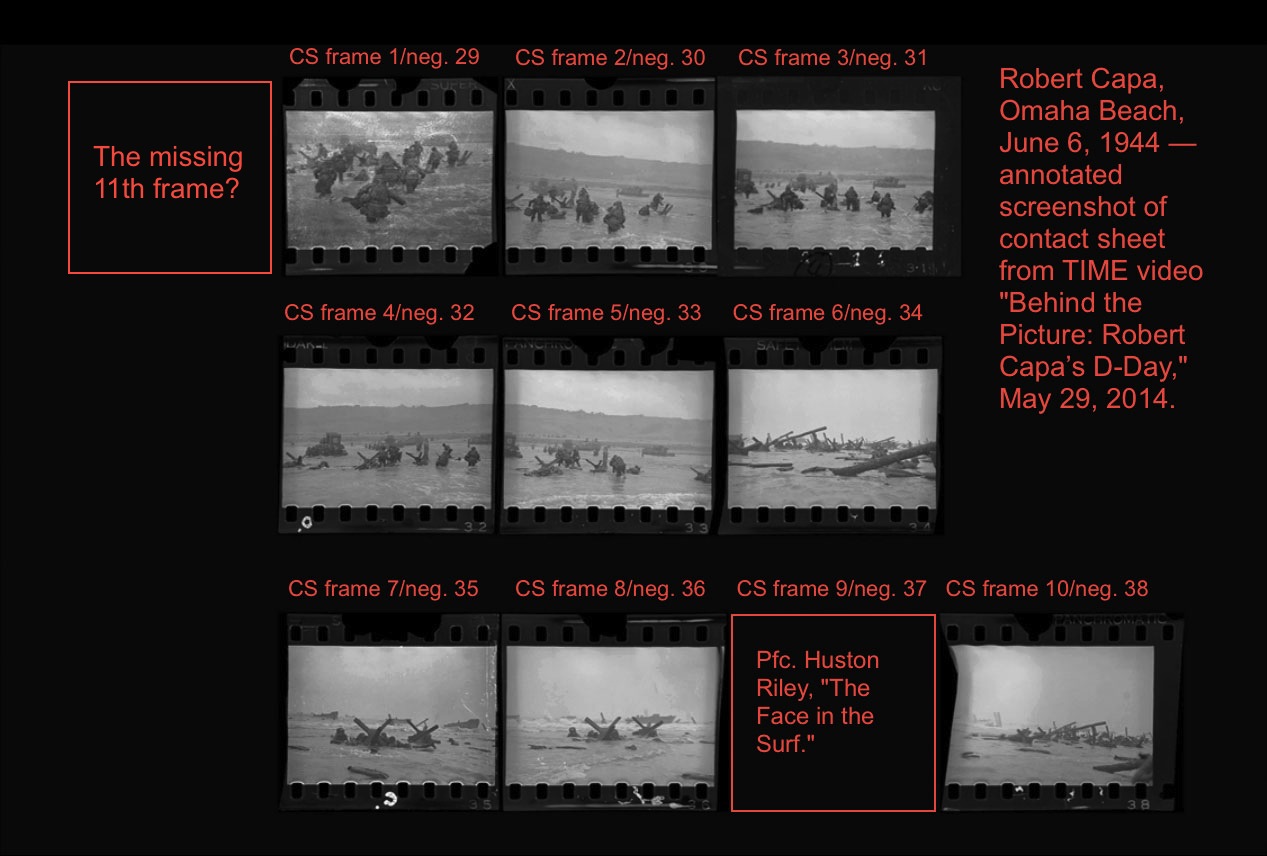
Robert Capa, D-Day images from Omaha Beach, contact sheet, screenshot from TIME video (May 29, 2014), annotated.
The careful, precise execution of a tightly timed plan for the beachhead coverage phase of this assignment does not jibe with Capa’s assertion of panic. But deciding to leave quickly so as to make sure he met his deadline does not make nearly as good a story aimed at Hollywood as does reaching the shingle, photographing for 90 minutes amidst carnage, conversing and sharing a drink with a priest and a doctor, then getting scared and running for cover and safety.
I’m not saying Capa wasn’t afraid — or, if he was, that he shouldn’t have been. I’m not saying it wasn’t a terrifying situation, possibly the most intensive combat situation he’d ever experienced. I’m not saying it didn’t take courage to undertake this assignment and land on Easy Red for even 6 minutes. I’m simply saying that, given Capa’s tendency to exaggerate everything for effect, we should consider the possibility that the “panic attack” functions in this context as yet another dramatic device in his narrative, not as an automatic truth.
•
Be that as it may, Capa did indeed elect to leave Omaha Beach via LCI(L)-94, even though LCVPs were coming in to that position more frequently and considerably closer than an LCI could beach. As Capa’s motive for choosing an LCI(L)-class ship for his escape, instead of an LCVP, Herrick indicates the greater likelihood of Capa gaining permission to board the larger vessel. I would propose some additional pragmatic reasons for making that choice.
Having decided to leave the beach, Capa (a) needed to get back to the Chase as quickly as possible; (b) LCI(L)-94 was right there and unloading; (c) after experiencing the difficult ride in — with the tide — on an LCVP, Capa preferred the relative solidity and comfort of the much larger vessel, especially as he would be sailing against the tide, making for an even more unpleasant ride in a flat-bottomed Higgins boat. And (d), LCI(L)-94 would also offer him dryness and security for his cameras and films, not to mention better working conditions and more diverse opportunities to continue photographing for his assignment.
But, as Herrick has indicated, LCI(L)-94 was not a guaranteed connection to the Chase. Had Capa managed to board any outgoing LCVP whose designation ended in -26, of which there were many, he would automatically have been returned to the Chase. In choosing to leave on LCI(L)-94 Capa had to hope that, en route back to the staging area, its captain could flag down an LCVP attached to the Chase. Otherwise he might have ended up returning to England on some other troopship entirely, losing whatever possessions he’d left on the Chase. Not a serious loss — just some items of clothing. He had reason to hope that, between what he’d done on the crossing, plus his quick take from the beach and what he could do from then on, he would have enough to fulfill his plum assignment to the satisfaction of his editors at LIFE.
So boarding LCI(L)-94 was a calculated risk. And it paid off. Moreover, by sheer coincidence Capa clambered aboard a ship whose captain and first mate were serious amateur photographers, and whose roster included a U.S. Coast Guard cinematographer — all of whom photographed and filmed moments of the landing on Easy Red, making it possible to better understand the pictures that Capa himself made there as well as the context in which he made them. …
(Part 1 I 2)
•
(For an index of links to all posts in this series, click here.)
•
This post supported in part by a donation from Carlyle T.
•
 Special offer: If you want me to either continue pursuing a particular subject or give you a break and (for one post) write on a topic — my choice — other than the current main story, make a donation of $50 via the PayPal widget below, indicating your preference in a note accompanying your donation. I’ll credit you as that new post’s sponsor, and link to a website of your choosing.
Special offer: If you want me to either continue pursuing a particular subject or give you a break and (for one post) write on a topic — my choice — other than the current main story, make a donation of $50 via the PayPal widget below, indicating your preference in a note accompanying your donation. I’ll credit you as that new post’s sponsor, and link to a website of your choosing.
And, as a bonus, I’ll send you a signed copy of my new book, poetic license / poetic justice — published under my full name, Allan Douglass Coleman, which I use for my creative writing.


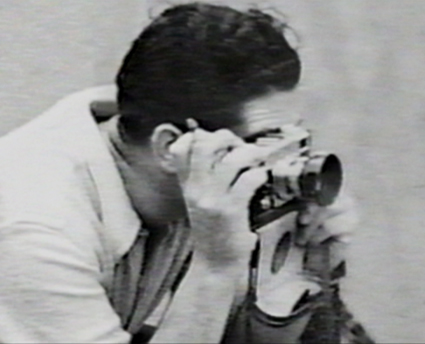
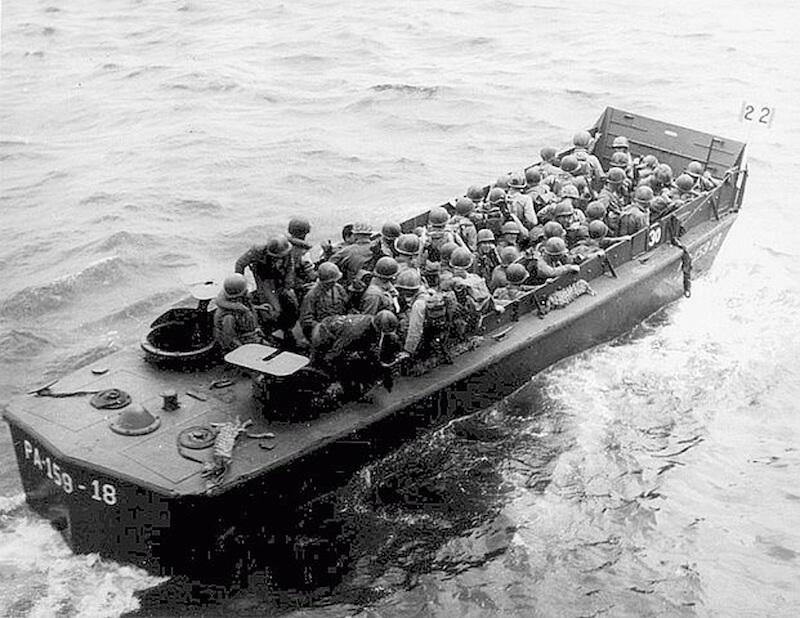





Of course we will never know about the possible use of Dexedrine by Capa,but having met several WW2 photographers and working with Lew Merriam who was a former WW2 US Army ranger photographer in 1963 (and a early ASMP founder), the use of Dexedrine pills was common by our troops
if Capa took them to stay awake or to be “fearless” that could explain his fanciful untrue stories as “speed” could make one surely make up stories.
I might add working in the 1950’s for several big name NYC photographers as an assistant or darkroom printer it was usual to have a bottle of Dexidrine in the dressing rooms for all to use.
Intriguing, at least in the light it casts on what we might call the culture of working photographers and their assistants in the ’50s.
In almost ten years of researching this myth and Capa’s life story I’ve come across not a single shred of evidence to suggest that he used or had any interest in dexedrine, marijuana, or any available stimulants other than alcohol, caffeine, and adrenalin.
By all accounts he was loquacious, but that characteristic, and his tendency to create stories that glamorized his life, seem to have come naturally to him, needing no chemical assistance. I’d rate the probability of this as extremely low.